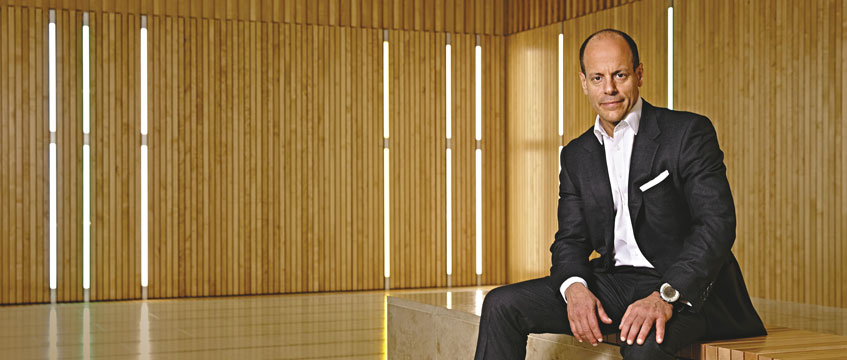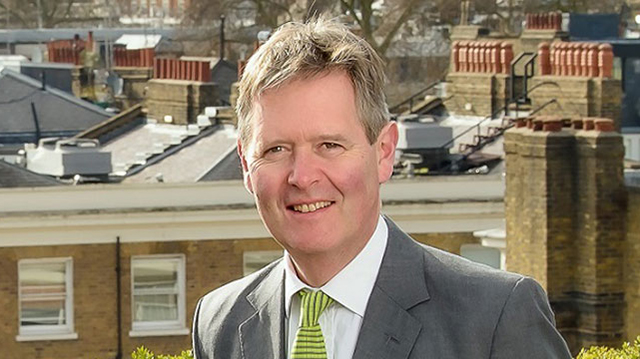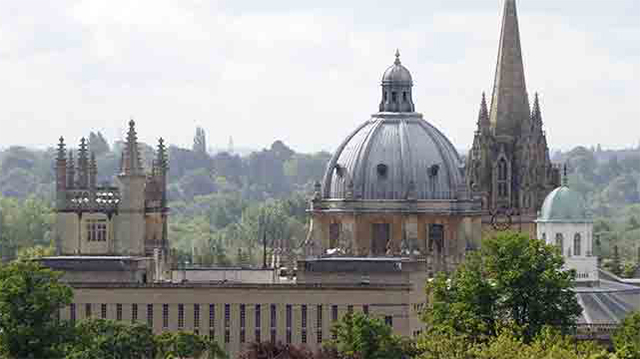What is Midtown? This is the age-old question to which no-one can provide a definitive answer. James Robinson sought the views of a selection of agents, an exercise which proved one thing beyond a shadow of a doubt – there is as much disagreement today as there has ever been.
Neither West End nor City, Midtown is defined by what it isn’t rather than by what it is. But its exact boundaries vary according to which agent you listen to. Does it end at Theobalds Road or continue northwards to Euston Road? Does Covent Garden fall within its borders? Should it include parts of Clerkenwell or Angel? The accompanying maps illustrate how a selection of surveying firms define the market. Areas that each agent treats as Midtown are shaded. Agents have also indicated sub-sectors.
“Midtown is a bit of a misnomer. If you ask people on the ground, they will define it in a variety of different ways. But the true Midtown area is the legal and professional precinct. The core business is south of Theobalds Road. North of it is dominated by secondary and tertiary offices, residential and retail. Kingsway is an important dividing line. It tends to form a barrier across which the legal companies to the west of it will not cross. Similarly, it’s difficult to persuade media and design companies to cross to the east.”
Richard Norton
Jones Lang Wootton
“From a statistical point of view, Midtown is the area defined by the postcodes WC1, WC2 and the western fringes of the EC postcodes – EC1N, EC4A and EC4Y. In terms of market characteristics however, Midtown comprises two distinct areas: Covent Garden and the Strand in the west; and Fleet Street in the east. The former has a tenant base that closely associates it with the West End market, being dominated by enquiries from media and marketing businesses and for corporate headquarters. The Holborn and Fleet Street area is more identifiable with the City market, with both professional and banking organisations being the principal tenants.”
Dan Cowton
Knight Frank
“Most agents draw the line at Kingsway. That is the boundary as far as central Holborn is concerned. The three central markets are Holborn, Covent Garden and Bloomsbury – the rest is really fringe. You could loosely describe the area bounded by Holborn, Farringdon Road and Gray’s Inn Road as Hatton Garden. Hatton Garden itself is only one street, but it does dominate the nature of the tenants and the type of buildings. Clients looking for space in central Holborn usually won’t consider that area. The jewellery trade still dominates the area and the planning policy is geared to retaining the character of that area.”
Tim Gale
Gale Priggin
“Midtown begins as soon as you hit WC1 at Trafalgar Square. It basically starts at the boundary of W1 and SW1 with WC1 and WC2. In the east, the City stops where the newspaper businesses used to start – that is at the start of Fleet Street and the start of High Holborn. The first building into Midtown on that street is Mirror Group Newspapers’ old headquarters. The way in which we define it is based on how our tenants view it, although there is a divergence of views. The banks’ Midtown is different from the publishers’ Midtown. A bank would go up Fleet Street, a publisher wouldn’t.”
John Forrester
DTZ Debenham Thorpe
“For research purposes, we use the postcodes – the WCs as Midtown and W and SW as West End. But as an agent, I distinguish between core Midtown and Midtown fringes. The eastern boundary is the easiest one to define: New Bridge Street and Farringdon Road. Core Midtown is south to the river and up to Holborn viaduct and High Holborn. Once you get north of that it starts to get quiet. To the west, Covent Garden and the Strand are still associated with Midtown, but they are distinct markets. Historically, the Holborn team would have dealt with Covent Garden. Now the West End team is likely to deal with it.”
Dan Bayley
Weatherall Green & Smith
“Midtown is St Paul’s to the east, Trafalgar Square to the west, Euston Road to the north and the river to the south. We also define five sub-markets – Holborn, Clerkenwell, St Paul’s and Fleet Street, Covent Garden and Strand and Bloomsbury. One is very different from the other. The Bloomsbury market is completely different from the Fleet Street market, for example. There are two grey areas – Ludgate Hill to the east and the area to the west of High Holborn. We take Midtown down Ludgate Hill and right up to the steps of St Paul’s.”
Alistair Subba Row
Farebrother
“We view midtown as all of WC1, all of WC2 and parts of EC4 from New Bridge Street, north up Farringdon Street and Farringdon Road as far as King’s Cross Road. That will also include an element of EC1 – the Hatton Garden area – and a little bit of Clerkenwell. Our quarterly bulletins include a little bit of Smithfields up to Angel – that’s a grey area. A lot of people miss the sub-areas; that is, Holborn, Bloomsbury, Clerkenwell and Covent Garden. Strand is a slightly different sub-section from Covent Garden. Strand and south of the Strand is slightly more professional. The EC4 demarcation is also a grey area, but the majority of Ludgate is made up of prime City occupiers… we believe it should stay as City because of the tenant profile and the nature of the buildings.”
Charlie Killen
Chesterton










